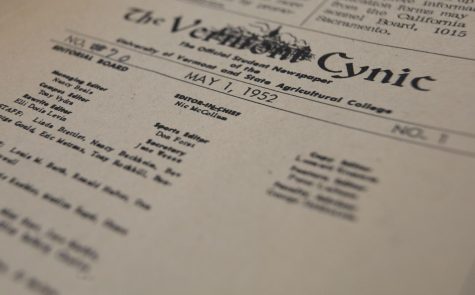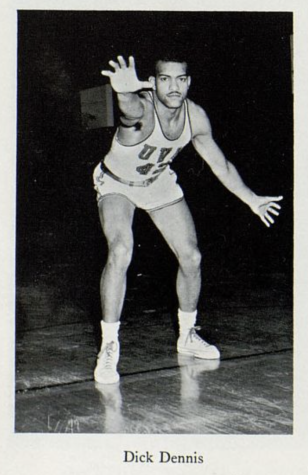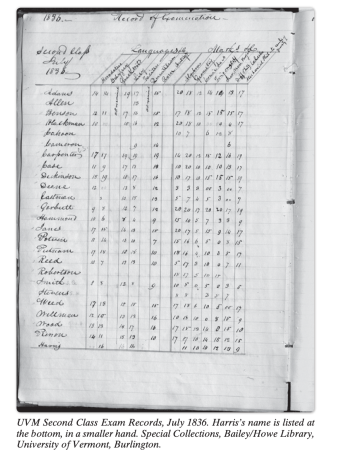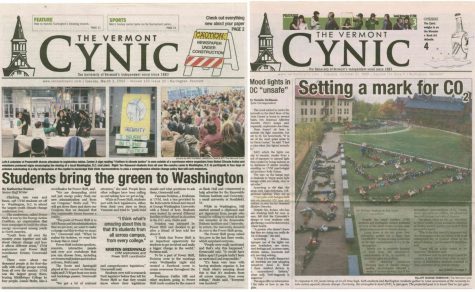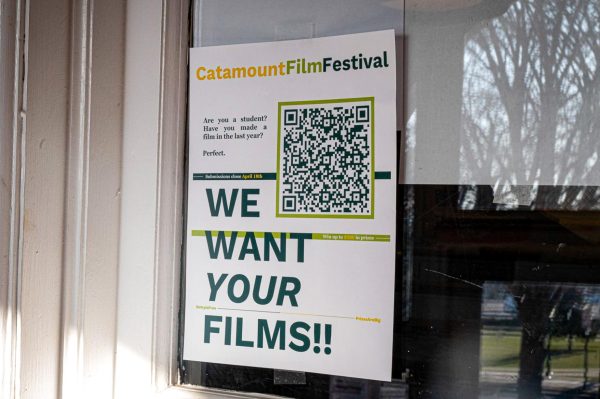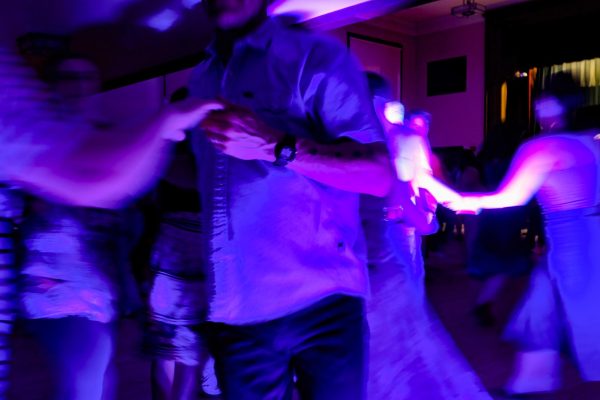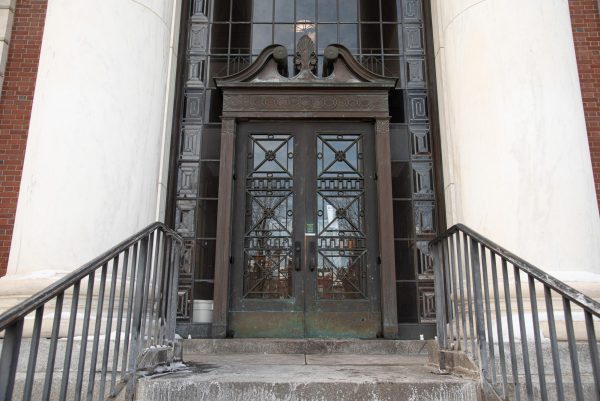Finding home away from home: living off campus
The season of searching for off-campus properties has begun for students, and most off-campus properties close to campus are being claimed fast.
The Office of Student and Community Relations facilitated a three-session series called the Off-Campus Living Workshops.
Gail Shampnois, the director, said she considered the busy class schedules, exam preparations and lack of guidance in searching for residences off-campus as being the greatest challenges for students.
“The workshops help create a new safety net of city and state resources, like Code Enforcement and Vermont Tenants Inc., and remind students that they still have access to on-campus resources like the services of the Center for Health and Wellbeing,” Shampnois said.
She shared some statistics regarding how students have reacted to the workshops.
“Ninety-two percent of students surveyed said that their knowledge of tenant rights and responsibilities increased ‘a great deal’ and ‘considerably,’ and that 97 percent would encourage other students to attend the workshop,” Shampnois said.
The workshops are divided into three sections. Among these are safety, the rental process, city ordinances and quality of life.
Jill Diemer, a landlord in Burlington, covered some essential aspects for students to consider while looking for a home.
The most important aspects of living off campus are identifying solid housemates, notifying parents/guardians, using online resources, setting aside security deposits and straying away from having pets, Diemer said.
“Make sure that you schedule a showing with your prospective landlord before deciding on a house,” she said. “Sometimes, especially on Craigslist, people will pretend to be landlords and scam you for your money. It’s not only a good idea to schedule a showing to make sure everything’s functioning correctly, but also to ensure legitimacy.”
Diemer said price was one of the most important considerations for students, and insisted that houses with higher occupancies are more favorable, as the cost per room is less because utility costs are generally split.
Proximity to campus is also a primary price factor, Diemer said. Houses located closer to UVM are considered to be more convenient and are usually more expensive. A handout she gave to students indicated that single occupancy residences pay a bare minimum rent of $50 more per room than multiple room houses.
Sue Roberts, a crime prevention coordinator in Burlington, began the safety talk by holding up a dorm key.
“Everybody look at the writing on your keys,” Roberts said. “The most important thing to note after you’ve received the keys to your residence is whether or not they have that ‘DO NOT DUPLICATE’ indication.”
Roberts said that it is not uncommon for former tenants to make duplicates of their old keys, and suggested students to ask their landlord to change the locks if this was the case.
Changing the topic from external safety to internal safety, Fire Marshall John Marshall was there to cover fire prevention.
“Since 2000, 157 college students have died in fires,” Marshall said. “Ninety-two percent of those fires occurred at off-campus locations.”
Marshall said that there were simple steps to take in order to prevent these fires, most notably not leaving candles lit, not smoking inside and buying non-alcoholic hand sanitizer.
Aside from the emphasis on safety, the board assured students that all services offered to on-campus residents are still offered to those living off campus.
“So long as you’re taking at least nine credits, Student Wellness is available to you at a cost included in your tuition,” said Amy Boyd-Austin, who works for the student Center for Health and Wellbeing.
At the end of the session, students who attended were given a “Preferred Renter’s Card” that reflects the students’ knowledge of factors of living off campus and rewards them for their responsibility.
For more information on living off campus and the Off-Campus Living Workshops, you can visit the online student survival guide through the Office of Student and Community Relations’ website.


